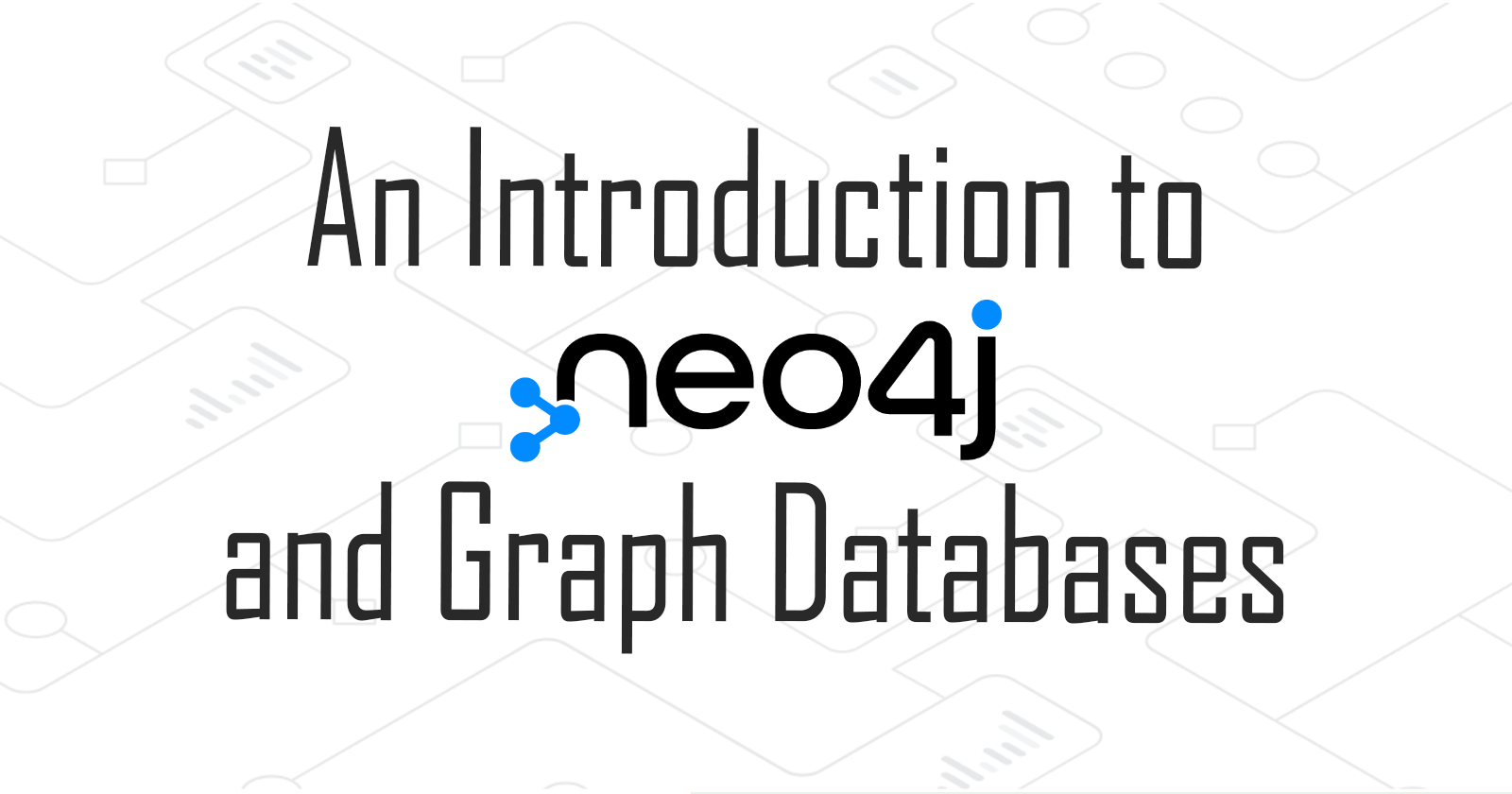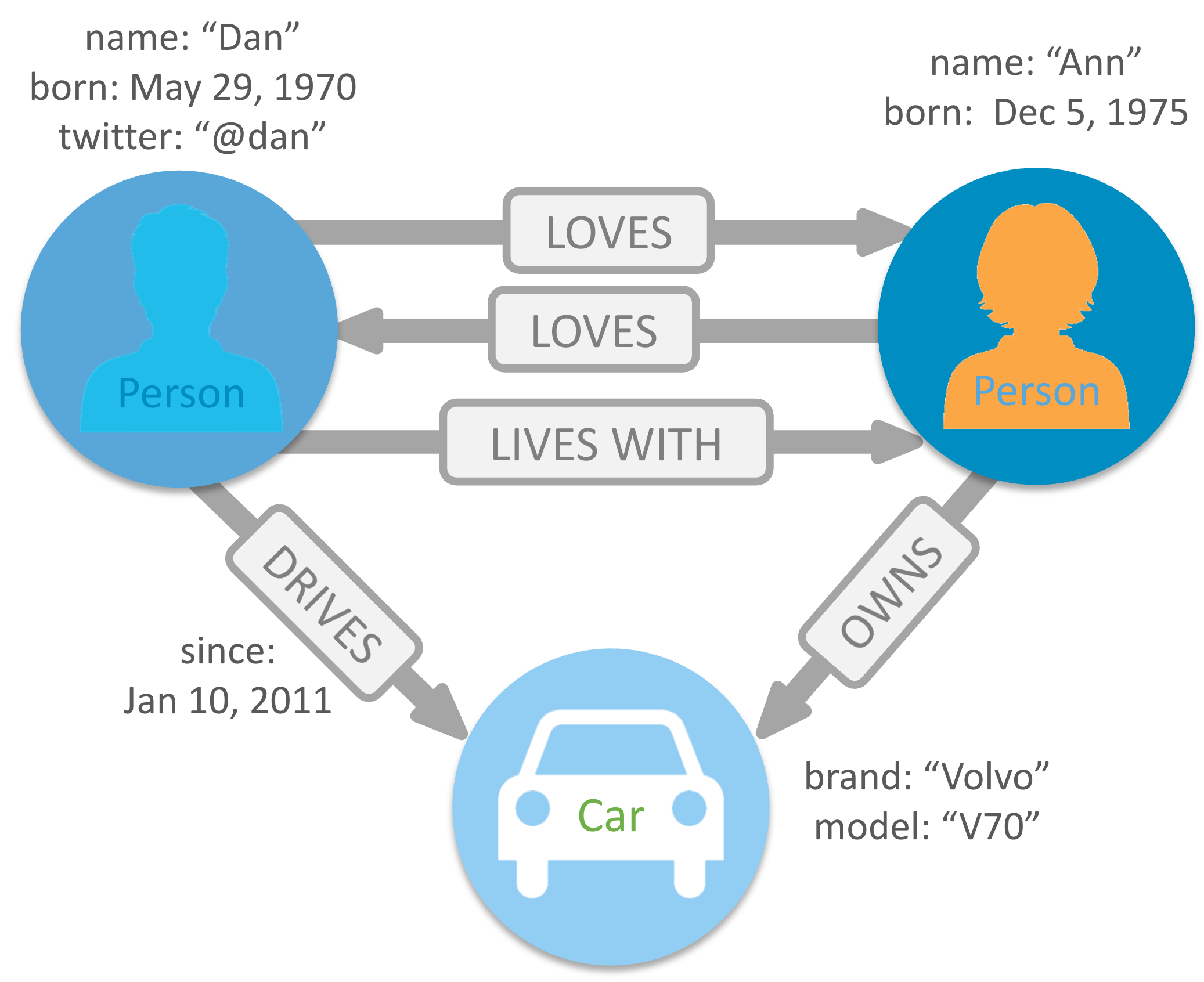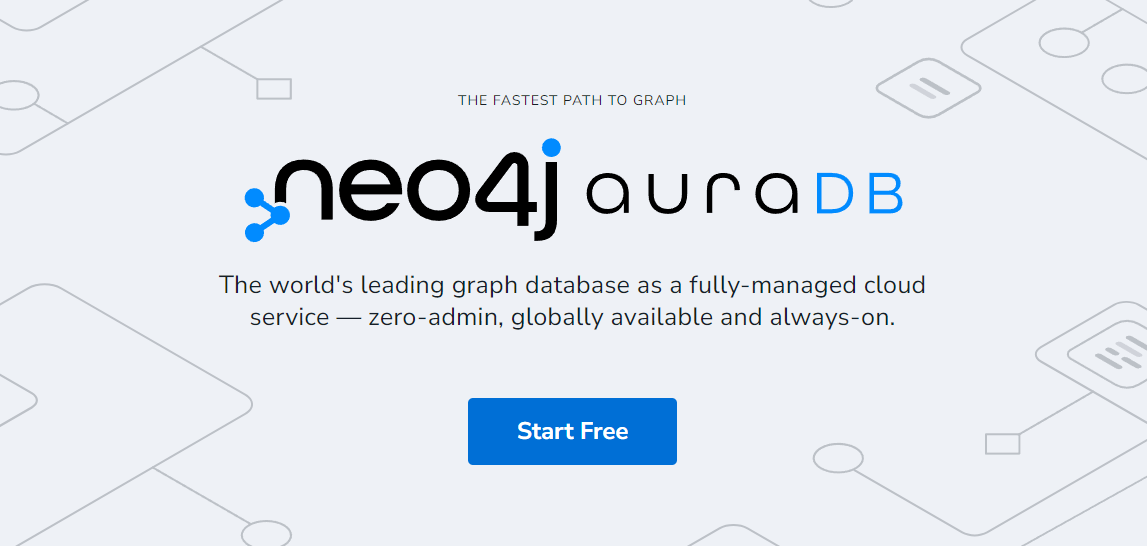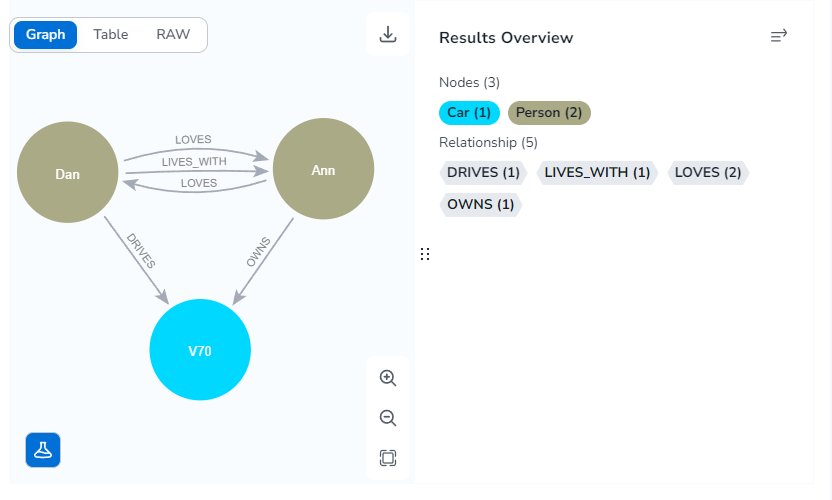An Introduction to Neo4J and Graph Databases
Getting Started with Neo4J and Graph-based Database Systems

In the world of modern data management, there is a growing demand for efficient and powerful databases to handle complex relationships between data points. Neo4j, a leading graph database, has emerged as a game-changer in this space.
In this article, we'll explore what Neo4j is, why it's different from traditional relational databases, and how it can revolutionize the way we handle connected data.
What is Neo4j?
Neo4j is an open-source, highly scalable, and schema-free graph database. It stores data in the form of a graph, where nodes represent entities and relationships between nodes capture the connections between those entities.
Unlike traditional relational databases, Neo4j leverages the power of graph theory to efficiently manage and query highly interconnected data, making it an ideal choice for use cases involving complex relationships and social networks.
Image source: https://neo4j.com/
If learning graph theory sounds like something you need, I have collaborated with GeeksforGeeks so you can get a 10% discount off any course on it!
Discount Code: VICTORIA10
Click here to check out the course!
What are Graph Databases?
Graph databases, including Neo4j, are based on the concept of a graph, which is a collection of nodes and relationships. Nodes represent individual data points, and relationships define how those data points are connected. Each node can have properties, which are key-value pairs, providing additional information about the node.
Below is an example of a graph database with 3 nodes: Person (Dan), Person (Ann) and Car. The arrows describe their relationship to one another and the key-value pairs are their properties.

Image source: https://neo4j.com/
Neo4j Key Characteristics
In summary, Neo4j is a graph-based database that consists of:
Nodes: Nodes are the fundamental building blocks of Neo4j's graph. Each node represents an entity in the database and can have multiple properties to describe its attributes.
Relationships: Relationships define connections between nodes. They have a direction, a type, and can also have properties, making them powerful and expressive.
Labels: Labels are used to categorize nodes, providing a way to group related entities. A node can have one or more labels.
Cypher Query Language: Cypher is Neo4j's query language. It allows you to interact with the database by reading, writing, and modifying data.
Why use Neo4j?
Performance: Neo4j's graph-based storage and indexing allow it to efficiently handle complex queries that would be challenging for traditional databases.
Flexibility: Neo4j's schema-free nature enables developers to model data as it naturally appears, without the constraints of a fixed schema.
Real-Time Insights: With Neo4j, it's easy to gain real-time insights from highly connected datasets, making it perfect for applications involving recommendations, fraud detection, social networks, and more.
Scalability: Neo4j is designed to scale horizontally, making it suitable for handling large datasets and high-traffic applications.
Use Cases
Neo4j's versatility allows it to build applications efficiently in various domains, such as:
Social Networks: To model and analyze connections between users, friendships, and interactions.
Recommendation Engines: To provide personalized recommendations based on user behavior and preferences.
Network and IT Operations: To represent and analyze network topologies, dependencies, and infrastructure.
Life Sciences: For modeling biological pathways, drug interactions, and clinical data.
And many more! Now, let us go through a step-by-step example of how to get started with Neo4j.
Step 1: AuraDB for Neo4j
To begin your journey with Neo4j, you will need to visit the official Neo4j auraDB website, a cloud service to easily create and manage a Neo4j database.

Once you've signed up for a free account, you will be asked to create your first instance. There will be a username and a generated password. Save this password somewhere secure.

Connect to the instance by pasting the password and then click 'Connect', as shown below.

Step 2: Add Data
Remember the example graph data earlier? (see image below)

Let us use Cypher to add these nodes, labels, properties and relationships into our database. As mentioned earlier, Neo4j uses the Cypher Query Language. To create a node and its properties, we will use the CREATE keyword with the following syntax:
CREATE (n:Label {name: $value})
Let's start with the top-left Person node. Input the following under the query tab of your auraDB instance.
CREATE (:Person {name: "Dan", born: "May 29, 1970", twitter: "@dan"})
And we have created our first node!

Now repeat the same for the next Person node and then the Car node. You can create nodes in the same query by adding commas.
CREATE
(:Person {name: "Ann", born: "Dec 5, 1975"}),
(:Car {brand: "Volvo", model: "V70"})
And the nodes would have been successfully created!

Step 3: Add Relationships
Now that we have the nodes created, you will notice we are missing something. How are they connected? What is their relationship?
The syntax to add relationships between two nodes is:
CREATE (n:Label)-[r:TYPE]->(m:Label)
If we look in our database, we can see our Ann and Dan nodes are there by themselves. We can also see their id value which we will need to create their relationship.

Let's create the relationship between Ann and Dan according to the image.
MATCH
(ann:Person {name: 'Ann'}),
(dan:Person {name: 'Dan'})
CREATE
(ann)-[:LOVES]->(dan),
(dan)-[:LOVES]->(ann),
(dan)-[:LIVES_WITH]->(ann)
As you can see in the graph view, the relationships have been added.

Now, we can proceed to create relationships between Ann and the car, as well as between Dan and the car.
Observe that Dan's relationship with the car node also contains a property. In this instance, the syntax will incorporate key-value pairs.
CREATE (n:Label)-[:TYPE {name: $value}]->(m:Label)
So, here is the answer.
MATCH
(ann:Person {name: 'Ann'}),
(dan:Person {name: 'Dan'}),
(car:Car {brand: 'Volvo'})
CREATE
(dan)-[:DRIVES {since: "Jan 10, 2011"}]->(car),
(ann)-[:OWNS]->(car)
And as you can see below, the relationships are created successfully.

Conclusion
Neo4j is a powerful and beginner-friendly graph database that enables developers to handle connected data with ease. Its ability to represent complex relationships, combined with its performance and scalability, makes it a top choice for a wide range of applications.
Whether you are building social networks, recommendation systems, or exploring intricate data structures, Neo4j's graph database can revolutionize the way you work with data. Some next steps you can do to supplement your learning:
Explore the Documentation and Resources: The Neo4j website offers extensive documentation, tutorials, and a vibrant community to support your learning journey.
Try it out yourself: Nothing beats hands-on learning. Spin up an auraDB instance and follow this tutorial to practice writing some Cypher queries yourself!
Thanks for reading! Cheers!
Note: This article is written with the help of AI, thanks to Hashnode Pro :)






